2022 is nearly halfway done and the tech gods have blessed us with some truly superb smartphones. Whether you’re looking for performance, camera smarts, or value, our definitive list of the ten best phones has it all.
The top phone on this rundown won’t be the ideal phone for everybody so make sure to check out all ten. The best phone for you is out there, depending on what you value most – camera, battery life, design, specs, price, and more to boot come into play.
Samsung and Apple feature of course, but looking further afield to Android competitors such as OnePlus, Google, Oppo, and Xiaomi could mean you find your ideal pocket partner. Trust us, these phones all deliver – just all a little differently, and that’s a great thing. Good competition means better phones for everyone!
1. Apple iPhone 13 Pro
- 120Hz display
- Superb cameras
- Top-tier performance
- Improved battery life
Cons
- Cinematography Mode and HDR algorithm need work
- Pricey
Unlike 2020 – where the standard iPhone 12 won out against its Pro-branded sibling – 2021’s iPhone 13 Pro is undoubtedly the one to beat.
At first glance, the 13 Pro uses a familiar 6.1in Super Retina XDR display but Apple has finally decided to bring ProMotion to the iPhone; with the panel now topping out at a super-smooth 120Hz. The notch is also 20% smaller too.
As for the cameras, you can expect bigger sensors and faster apertures that mean improved low light performance, far more comparable quality when switching to the phone’s ultrawide (which also now offers macro shooting capabilities) and a 3x telephoto snapper, letting you shoot further than before.
What’s more, the iPhone still leads when it comes to video capture, gaining some smart new features like Cinematography Mode, granting greater control over how your footage looks in the moment.
Pair that ProMotion tech with the phone’s powerful A15 Bionic chip and a bigger battery, and you can expect some sizeable longevity gains; rendering this a two-day iPhone on a single charge.
Read our full Apple iPhone 13 Pro review
2. Samsung Galaxy S22 Ultra
- Excellent camera
- Phenomenal display
- Stylus support
Cons
- Bulky
- Expensive
- Slower charging
While the S21 Ultra dabbled with Note-like features, the Galaxy S22 Ultra is unquestionably a full-blown successor to 2020’s Note 20 Ultra in everything but name.
The design is distinctly different from the other entries in the Galaxy S22 range (which is to say very ‘Note-like’) and features an integrated S Pen stylus that expands functionality beyond most rivals, especially in terms of productivity.
Despite familiar-looking camera hardware, the upgrades made by Samsung render it one of the best systems in any phone right now; with a 108Mp main shooter backed up by an ultrawide and two telephoto lenses at different zoom levels – with the zoom performance particularly improved on previous models.
The expansive 6.8in LTPO AMOLED display delivers both high WQHD+ resolution and an adaptive refresh rate up to 120Hz, while long-term software support that surpasses even Google’s Pixels rounds out an impressive list of pros.
Read our full Samsung Galaxy S22 Ultra review
3. Apple iPhone 13
- Brilliant performance
- Capable cameras
- Long battery life
- Great value
Cons
- Still a 60Hz display
- No telephoto camera
- Slow charging
While it loses out on the 13 Pro’s high refresh rate display, the iPhone 13 still boasts cutting-edge features like Apple’s newest 5nm A15 Bionic chip and the latest camera features, like Cinematic Mode.
The rear camera system now sits at a diagonal, primarily to accommodate the impressive sensor-shift OIS (optical image stabilisation) that was exclusive to 2020’s iPhone 12 Pro Max (although there’s still no telephoto sensor), while on the front – despite the same 60Hz refresh rate as the previous model – you still get a stunning 6.1in OLED display, complete with a smaller notch.
iOS 15 is an excellent improvement on Apple’s already well-respected mobile operating system out of the box; adding wellbeing features like notification summary, that ensure you’re not constantly distracted by your device.
Like the Pro, some of the best battery life on an iPhone comes as part of the iPhone 13 experience but fast charging speeds are still well behind the curve.
Read our full Apple iPhone 13 review
4. Google Pixel 6a
Pros
- Great performance
- Solid battery life
- Very good camera
Cons
- 60Hz display
- Slow charging
- Back plastic scratches easily
Although the Pixel 6 and 6 Pro have bigger, better screens and improved cameras, the $449/£399/€459 is better value and the Pixel phone most people should buy.
For the asking price you get the Google Tensor chip, the same as the 6 and 6 Pro, resulting in flagship level performance. Older A-series Pixels were sluggish – not this one.
You only get a 60Hz refresh rate screen, slow 18W charging, and a plastic back that we found scratches quite easily. There’s also only a 12.2Mp main camera, the same as on the Pixel 5, rather than the Pixel 6’s 50Mp shooter.
But aside from that this is close to the full Pixel experience at a superb price, with three years of Android OS updates and five years of security updates.
Read our full Google Pixel 6a review
5. Google Pixel 6 Pro
- 120Hz display
- Superb cameras
- Slick OS
- Greatly improved battery life
Cons
- Biggest, thickest, heaviest Pixel yet
- Awkward fast charging
Google shook things up for 2021, with the Pixel 6 and Pixel 6 Pro debuting the company’s own Tensor silicon and a refreshed Android 12 experience out the box, along with a completely new design and some significantly enhanced cameras.
Despite dropping the ‘Pixel XL’ naming convention, the 6 Pro is an undeniably sizeable phone, with a stunning QHD+ curved-edge OLED display that – for the first time in the series – makes the move to a higher, smoother 120Hz refresh rate (just like the iPhone 13 Pro range).
The camera system also relies on a new 50Mp main sensor, which delivers astounding dynamic range and showcases smart new features, like Magic Eraser and rock-solid Face Unblur. It’s also backed up by both a 12Mp ultrawide and a periscopic 48Mp telephoto camera, with a 4x optical zoom; a far cry from the Pixel range’s old single-sensor approach to photography.
Tensor doesn’t benchmark well against the competition but in real-world use offers more than enough grunt to handle the most demanding mobile apps and games, while also boasting a specialised skill set for machine learning and AI tasks that rival silicon lags behind in.
A huge 5003mAh battery also ensures some of the best battery life on a Pixel ever, even if fast charging is a bit of a mess.
Read our full Google Pixel 6 Pro review
6. Oppo Find X5 Pro
- Best-in-class display
- Versatile cameras
- Unique design
Cons
- No periscopic zoom
- Expensive
The Oppo Find X5 Pro is a phenomenal phone by any measure. The 6.7in 10-bit 120Hz QHD+ panel is one of the best displays in any phone right now and Oppo backs it up with 80W wired and 50W wireless charging, a 5000mAh battery, and a top-tier camera that boasts 50Mp sensors on both the main and ultrawide lenses.
You’ll have to live without a periscopic zoom lens – the telephoto here is a measly 2x zoom – but results across all three rear lenses are exceptional. The design is unique too, thanks to a seamlessly sloped camera module built right into the ceramic of the phone’s body.
In terms of pure performance, the Find X5 Pro is also hard to beat, with all of the above, plus a Snapdragon 8 Gen 1 chip, 256GB storage and 12GB RAM. You just have to be willing to pay the price, as it doesn’t come cheap.
Read our full Oppo Find X5 Pro review
7. OnePlus 10 Pro
- Super-fast 80W wired charging
- Great longevity
- Top specs
Cons
- Inconsistent cameras
- No IP rating
The latest flagship phone from OnePlus is a good alternative to the likes of the S22 or Pixel 6 series, especially if you live in the US and have few other high-end Android options.
With a Snapdragon 8 Gen 1 and speedy 80W wired charging the 10 Pro has core specs to match anything its rivals offer, and we’re broadly fans of the slick design too – though not everyone is.
Despite support from Hasselblad, the camera system is still the phone’s primary weakness here and the main thing that sets it apart from the pricier but similarly-specced Oppo Find X5 Pro.
The rear triple sensor setup is impressive, don’t get us wrong, but inconsistencies – especially in exposure – only serve to remind us that it’s not up there with the best of the best, and that makes it a touch harder to recommend; even if the OxygenOS user experience is superb and battery life is among the best of any flagship currently out there.
Read our full OnePlus 10 Pro review
8. Vivo X80 Pro
- Truly outstanding camera
- Fast wired and wireless charging
- Superb battery life
Cons
- Awkward camera design
- No Gorilla Glass
- Frustrating software
Vivo has knocked it out of the park with the X80 Pro, a phone whose camera is truly excellent, rivalling the best Apple, Samsung, and Google have to offer.
A Snapdragon 8 Gen 1 chip powers four rear lenses, the main being a wonderfully capable 50Mp sensor. Every lens benefits from Vivo’s V1+ image processing chip, and there’s gimbal stabilisation on the telephoto lens to aid clarity of zoom shots. It’s an incredibly full feature set, and low-light photography is outstanding. Add to that excellent video modes with cinema-wide aspect ratios and a film-like grain and you’ve got a powerhouse camera in your pocket.
The phone is a big one so you’ll have to be happy with a 6.78in AMOLED. It’s a 120Hz LTPO (with variable refresh rate) and QHD+ resolution.
Downsides to the phone are the lack of Gorilla Glass for proven scratch and crack protection to the front and back, and the frustrating software. But overall this is another leap forward for Vivo that you should seriously consider if you want a premium camera on the back of your phone.
Read our full Vivo X80 Pro review
9. Samsung Galaxy Z Flip 3
- Elegant folding design
- Water resistance
- More affordable than ever
Cons
- No telephoto camera
- Middling battery life
- Still needs to be tougher
Samsung took its already-groundbreaking Galaxy Z Flip foldable, improved every aspect – from design to performance – and then made it cheaper too!
The Z Flip 3 is a beautiful expression of the evolution of foldable smartphone tech and somehow manages to incorporate water resistance into its design as well.
Battery life and the dual cameras could be better but despite flagship-class performance in a groundbreaking design, the Flip 3’s pricing also proves that foldables can tango in the same space as conventional smartphones, without any major sacrifices.
Read our full Samsung Galaxy Z Flip 3 5G review
10. Xiaomi 12 Pro
- Nice design
- Excellent display
- Strong cameras
- Fast 120W charging
Cons
- Disappointing battery life
- No IP rating
The Xiaomi 12 Pro has an awful lot going for it, but that’s coupled with a pair of major flaws.
It sports a sleek, understated design, there’s a beautiful display paired with a quad-speaker setup and the Snapdragon 8 Gen 1 chip delivers impressive performance. For the most part, the camera system is great too, not quite best-in-class but good.
Unfortunately, the battery life is a clear failing – which might be fixed with updates, but for the moment frustrates. If you spend your days not far from a charger, this is a superb phone.
Read our full Xiaomi 12 Pro review



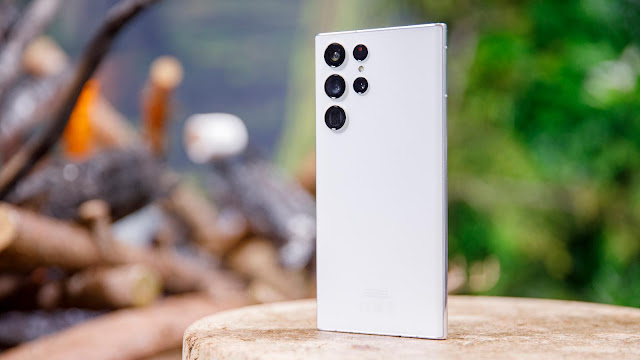
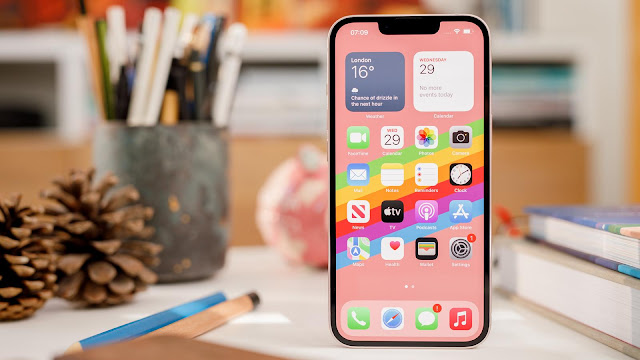

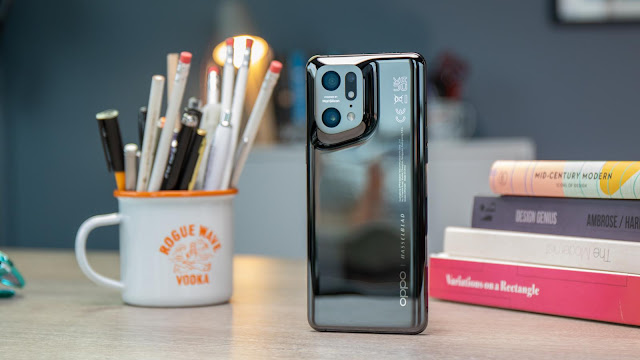


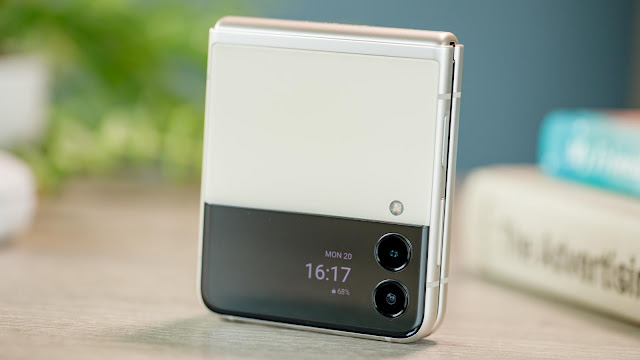
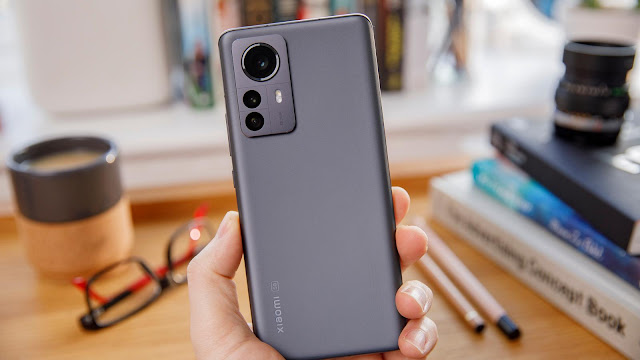



%20Review.webp)




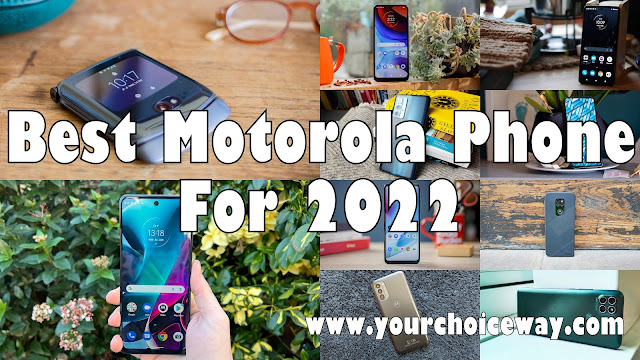

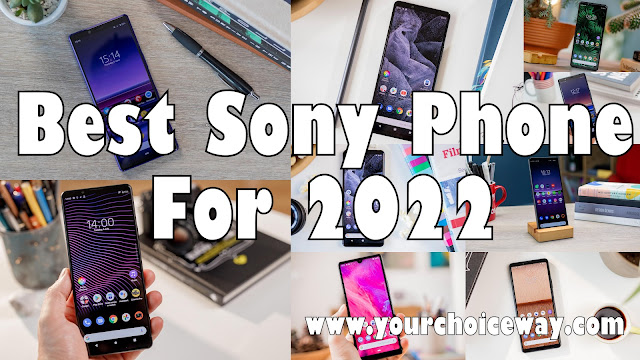

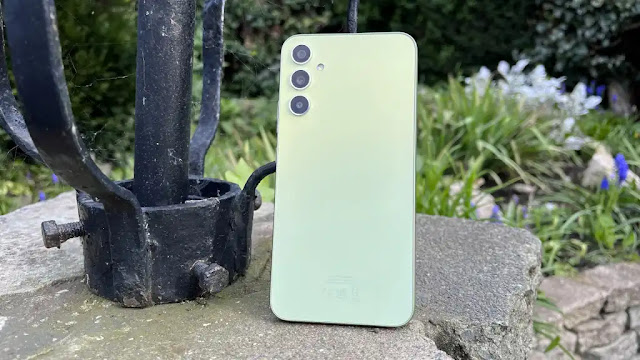

0 comments:
Post a Comment